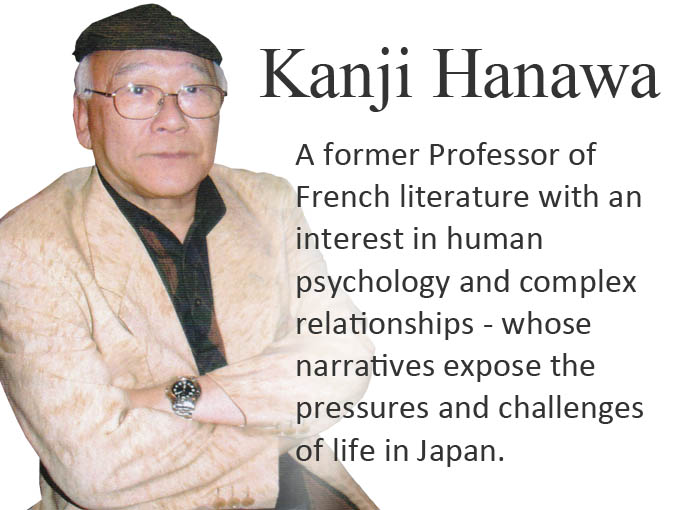In August 1946, The New Yorker┬Āpublished a sensational special issue written by John Hersey (1914-1993) on Hiroshima that immediately sold out. It┬Āwas subsequently published in book format by Knopf and translated into many different languages selling in the millions. However, immediately after the Second World War, for at least a decade, most information about the damage caused by the two atomic bombs was censored.┬Ā
The term, ŌĆśAtomic Bomb LiteratureŌĆÖ is now a widely used term by academics and its definition includes testimonials, historical, political, scientific, and journalistic works; as well as novels, poems, and plays.┬Ā
There are several generations of atomic bomb writers and they are not exclusively Japanese or limited to works set in Hiroshima or Nagasaki or fiction or non-fiction that directly references the two cities that the two atomics bombs were dropped over in August 1945 or the survivors of the bombs known in Japan as hibakusha.
The genre includes works such as Ray BradburyŌĆÖs (1920-2012)┬ĀThere will Come Soft Rains and Kamila ShamsieŌĆÖs Burt Shadows, and some people go as far as to include some of the Godzilla films within its scope.┬Ā
The most famous works, in the genre, by Japanese authors are probably Black Rain┬Āby Masuji Ibuse (1898-1993) and the manga Barefoot Gen┬Āby Keiji Nakazawa (1939-2012).
Unsurprisingly, the atomic bombs influenced many Japanese writers in different ways including those who experienced or witnessed them personally as either adults or as children and those with no direct experience.┬Ā
Japanese writers include early survivors such as the poet Tamiki Hara (1905-1951) who famously wrote: ŌĆśas if the skin of the world around me was peeled off in an instantŌĆÖ as well as the Nobel prize-winner Kenzaburo Oe who wrote Hiroshima Notes┬Āand also edited the collection The Crazy Iris and Other Stories┬Āpublished on the 40th anniversary of the atomic bombing of Hiroshima and Nagasaki.┬Ā
The breadth and extent of the associated literature is now so broad that it has created opportunities for academics to study and write about the genre which has led to the publication of books such as Writing Ground Zero: Japanese Literature and The Atomic Bomb by John Whittier Treat an academic based at Yale University, as well as many research papers by academics based in many different countries, not just the United States and Japan.
And in 2020 a book by Lesley M.M. Blume, titled Fallout, that documents the making of John Hersey work┬ĀHiroshima,┬Āpromoted by its publisher as “the Hiroshima Cover-up and the Reporter who revealed it to the world” was published on the 75th anniversary of the Hiroshima bombing.┬Ā
These days universities and colleges now even teach courses and modules on the genre such as Literature of World War II and the Atomic Bomb in Japan: History, Memory and Empire which is taught at Bowdoin College in Maine in the United States.
This enduring exposure to the narratives of the bombs through A-bomb writers and the academics who study Atomic Bomb Literature is welcomed by many for creating living memories that will not be forgotten or lost with the passage of time. ┬Ā ┬Ā
┬® Red Circle Authors Limited

